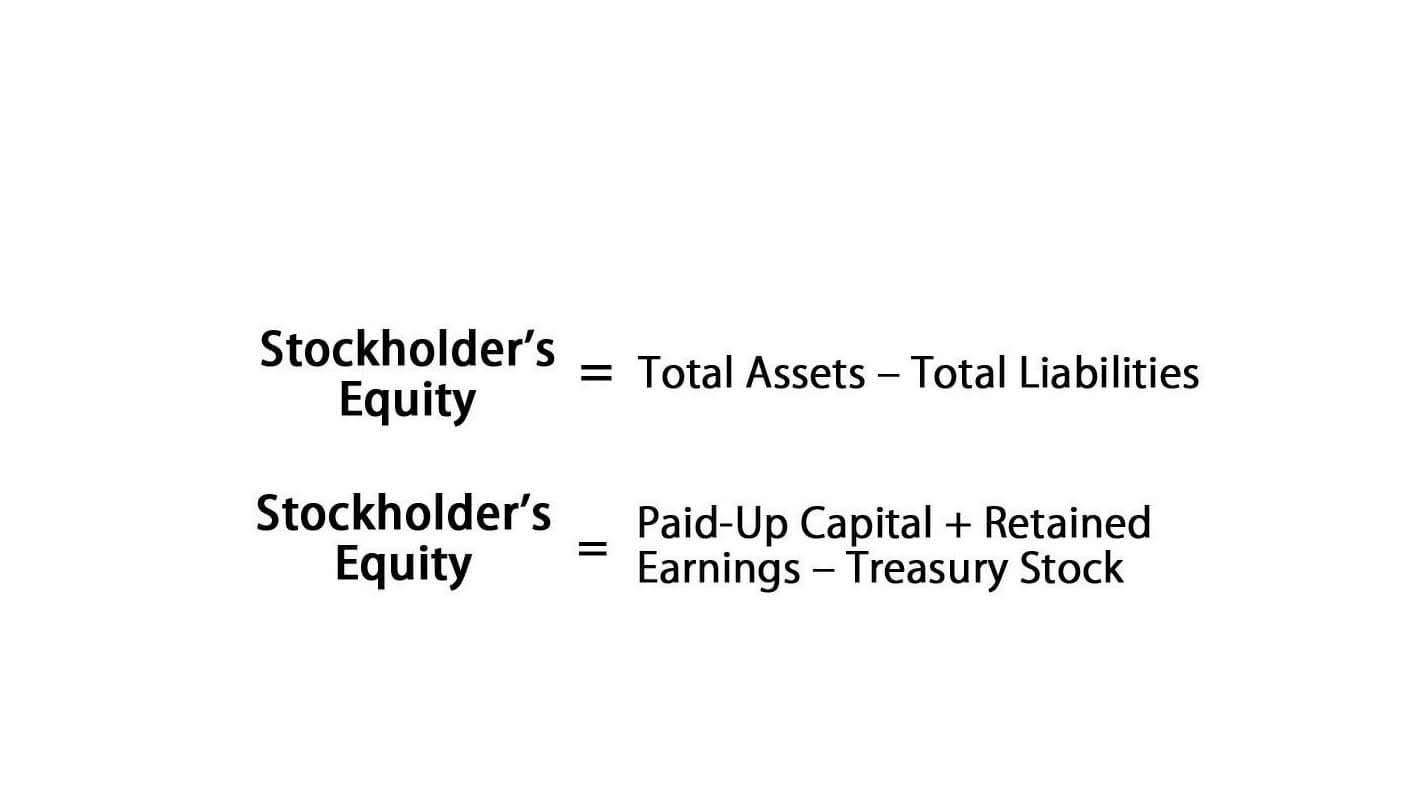
Despite all its advantages, the going concern concept has its disadvantages as well, some of which can result in misleading financial reporting or assessment of an entity’s financial health. The going concern example portrays how this concept safeguards against the preparation of financial statements on the premise that a online bookkeeping business will continue to function. Thus, the value of an entity that is assumed to be a going concern is higher than its breakup value, since a going concern can potentially continue to earn profits. The reason the going concern assumption bears such importance in financial reporting is that it validates the use of historical cost accounting. The company lost its creditworthiness in the debt market; it was on the verge of insolvency—bankrupt within 1.5 years.

Historical cost
- If such was not the situation, a company would basically be acquiring assets when it knows that it will be shutting down its activities and reselling those assets to another organization.
- In severe cases, unresolved going concern issues can lead to insolvency or bankruptcy.
- If and when an entity’s liquidation becomes imminent, financial statements are prepared under the liquidation basis of accounting (Financial Accounting Standards Board, 20141).
- It directly affects how assets and liabilities are recorded, valued, and disclosed.
Financial reporting standards mandate that an entity’s management must evaluate its ability to continue as a going concern every reporting period. If management has significant concerns about the entity’s ability to continue, these must be disclosed in the financial statements. The disclosures provide transparency and equip stakeholders with information to make informed judgments about the entity’s future prospects. These requirements are not merely procedural; they are designed to ensure that all material uncertainties related to going concern are communicated effectively.
What are the assumptions made for the Going Concern Concept?
- One of the most significant contributions that the going concern makes to GAAP is in the area of assets.
- Financial statements are prepared with the assumption that the entity will continue to exist in the future, unless otherwise stated.
- By contrast, the going concern assumption is the opposite of assuming liquidation, which is defined as the process when a company’s operations are forced to a halt and its assets are sold to willing buyers for cash.
- Therefore, it may be noted that companies that are not going concerns may need external financing, restructuring, or asset liquidation.
If it is publically listed, it must disclose its performance every quarter, if it is a private company, it is left to the company on how or whether it discloses its financial performance. The time period for which a company discloses the information mainly depends upon whether the company is privately held or publically listed. In contrast, if a company’s going concern status is in doubt, lenders may be less willing to even offer a loan or might demand higher interest rates to compensate for the increased risk. For shareholders, a positive going concern status usually demonstrates that the business is stable and likely to continue generating profits Accounts Payable Management in the future. The going concern status of a business can have significant impacts on different stakeholders, including shareholders, creditors, and employees.

5.4 Required disclosures
The integrity of financial reporting is paramount for maintaining market efficiency. Investors rely on the accuracy and consistency of financial statements to make informed decisions. The going concern assumption facilitates this by providing a standardized method of accounting that supports comparability across entities and time periods. This comparability is indispensable for investors who are looking to allocate capital effectively and for regulators who monitor the markets for signs of instability. Financial reporting under the going concern assumption provides a more accurate picture of a company’s financial position. It allows for the deferral of certain expenses and the spreading out of costs over the useful life of assets, which aligns with the actual consumption of economic benefits by the business.

If and when an entity’s liquidation becomes imminent, financial statements are prepared under the liquidation basis of accounting (Financial Accounting Standards Board, 20141). The going concern assumption is a fundamental accounting concept, similar to Consistency Principle and accrual assumption. According to this principle, financial statements are prepared, assuming the company intends to continue operations for the foreseeable future and has no motive or need to shut down. Creditors evaluate a company’s ability to meet debt obligations based on its going concern status.
- The objectivity concept of accounting states that an organization should record transactions in an objective manner.
- So, when an owner puts money into the business, it is seen as the owner extending a line of credit to the business.
- If management has significant concerns about the entity’s ability to continue, these must be disclosed in the financial statements.
- This enables a company to depreciate its assets and amortize its costs, thereby communicating its financial performance that reflects the long-run survival of the entity.
- It means that the recording should be free from any kind of biasness by accountants and other people.

A going concern is an accounting term for a business that is assumed will meet its financial obligations when they become due. It functions without the threat of liquidation for the foreseeable future, which is usually regarded as at least the next 12 months or the specified accounting period (the longer of the two). Hence, a declaration of going concern means that the business has neither the intention nor the need to liquidate or to materially curtail the scale of its operations.
Shaun Conrad is a Certified Public Accountant and CPA exam expert with a passion for teaching. After almost a decade of experience in public accounting, he created MyAccountingCourse.com to help people learn accounting going concern & finance, pass the CPA exam, and start their career. – Assume Microsoft is currently suing a small tech company for copyright violation over its software package. Since this software package is the only operation the small tech company does, losing this lawsuit would be detrimental.
Consistency across entities means that it should be possible to compare one business’s performance with a competitor and therefore make informed investment decisions. It is not necessary, and often not helpful, to simply include as much detail as possible in the financial statements. Consideration should be given to the fact that excessive detail may not actually improve presentation and therefore not assist users of financial statements. For example, important information could be obscured by including it among large amounts of insignificant detail. The management of a company is responsible for ensuring that the going concern assumption is appropriate and taking necessary actions to address any risks or uncertainties. This may involve implementing cost-cutting measures, securing additional financing, or exploring strategic alternatives.
What is the concern principle of accounting?
There are several indicators that may raise doubt about an entity’s ability to continue as a going concern. These include financial indicators such as negative cash flows from operations, adverse key financial ratios, or substantial operating losses. Other warning signs could be defaults on loans, denial of credit by suppliers, or restructuring of debt. External factors such as significant legal challenges, loss of a major customer, or changes in government policy that negatively affect the entity can also be indicative of going concern issues. Management must be vigilant in monitoring these indicators and auditors must thoroughly investigate any red flags to determine their impact on the going concern assessment.





















